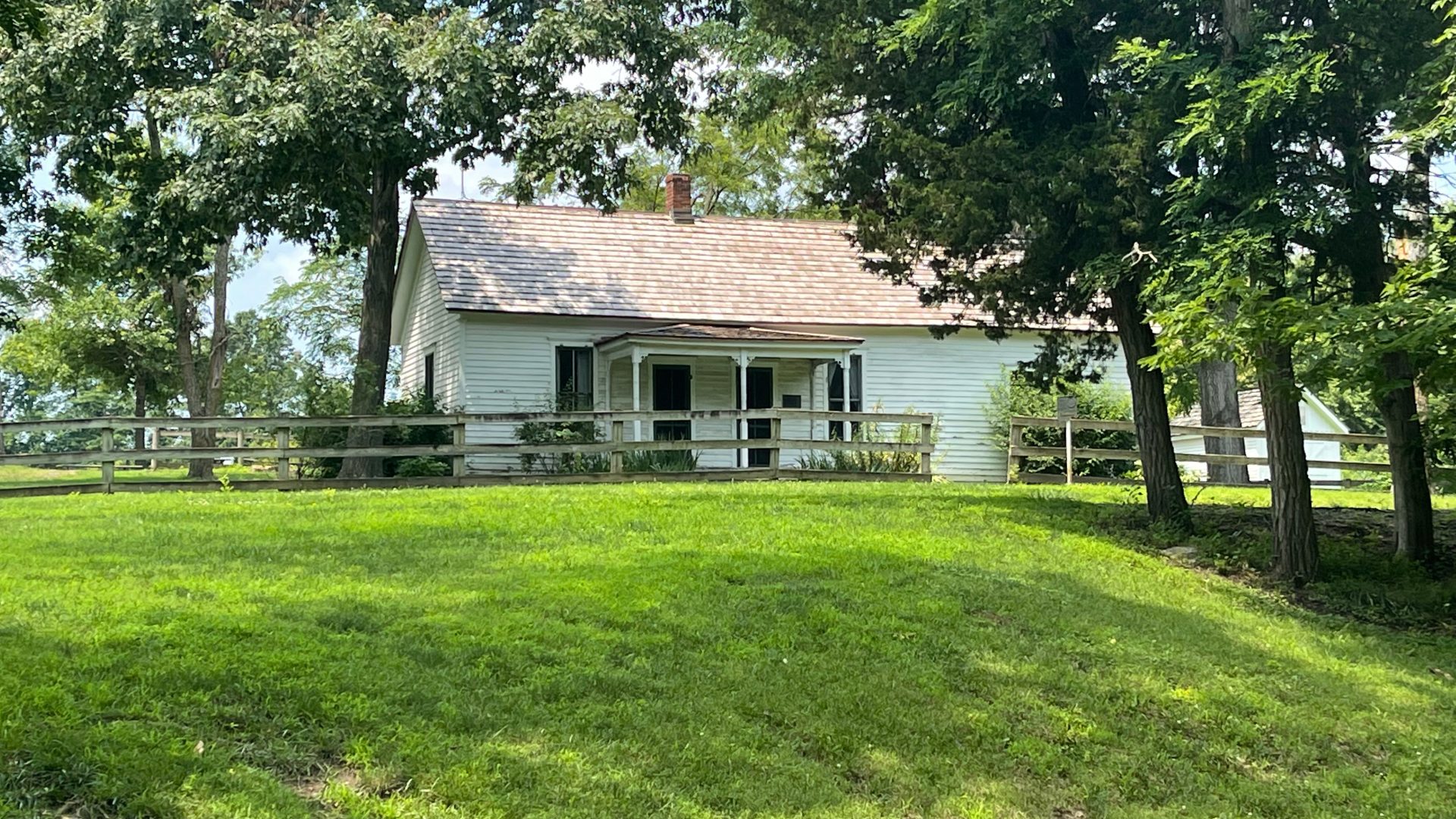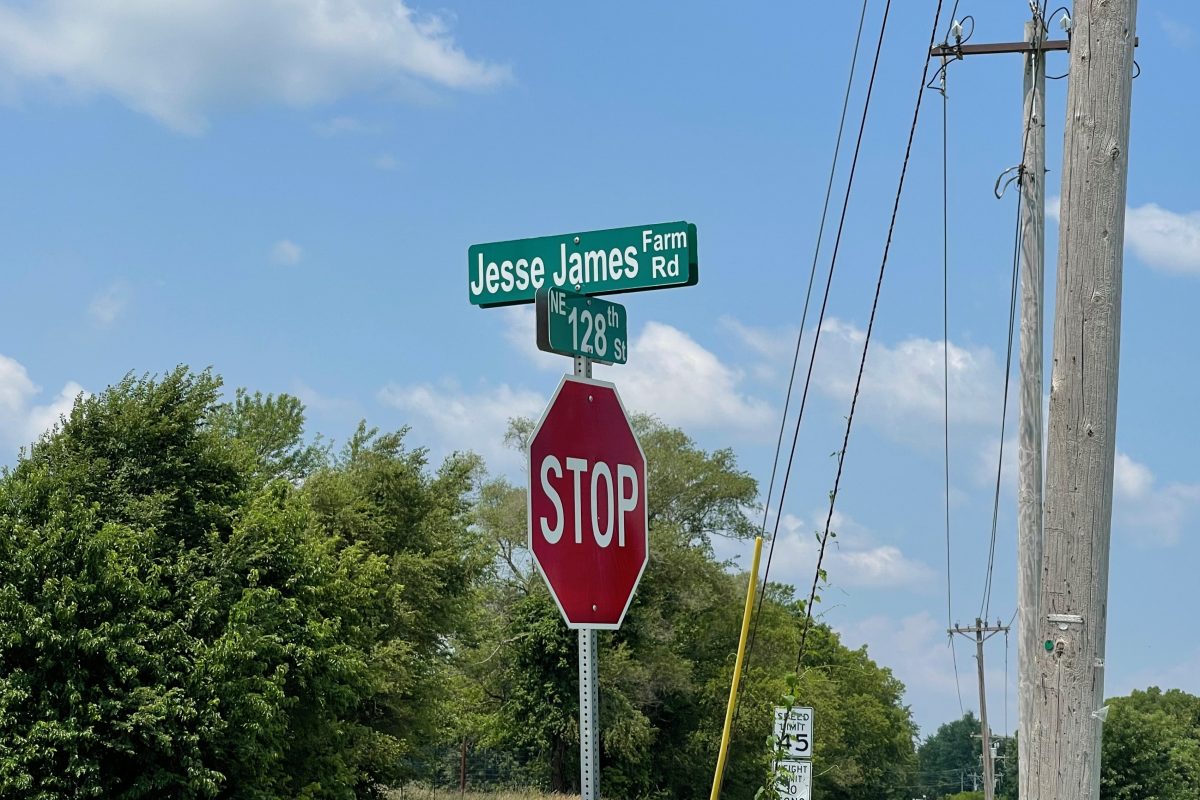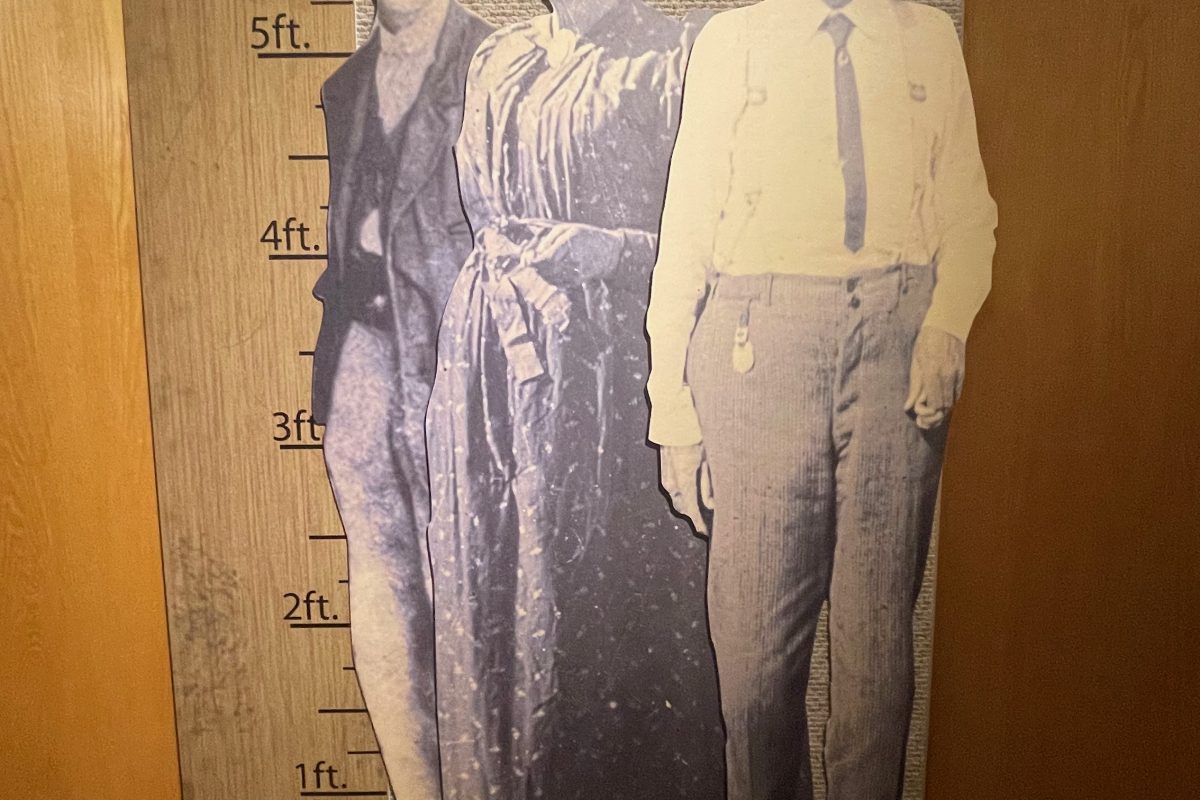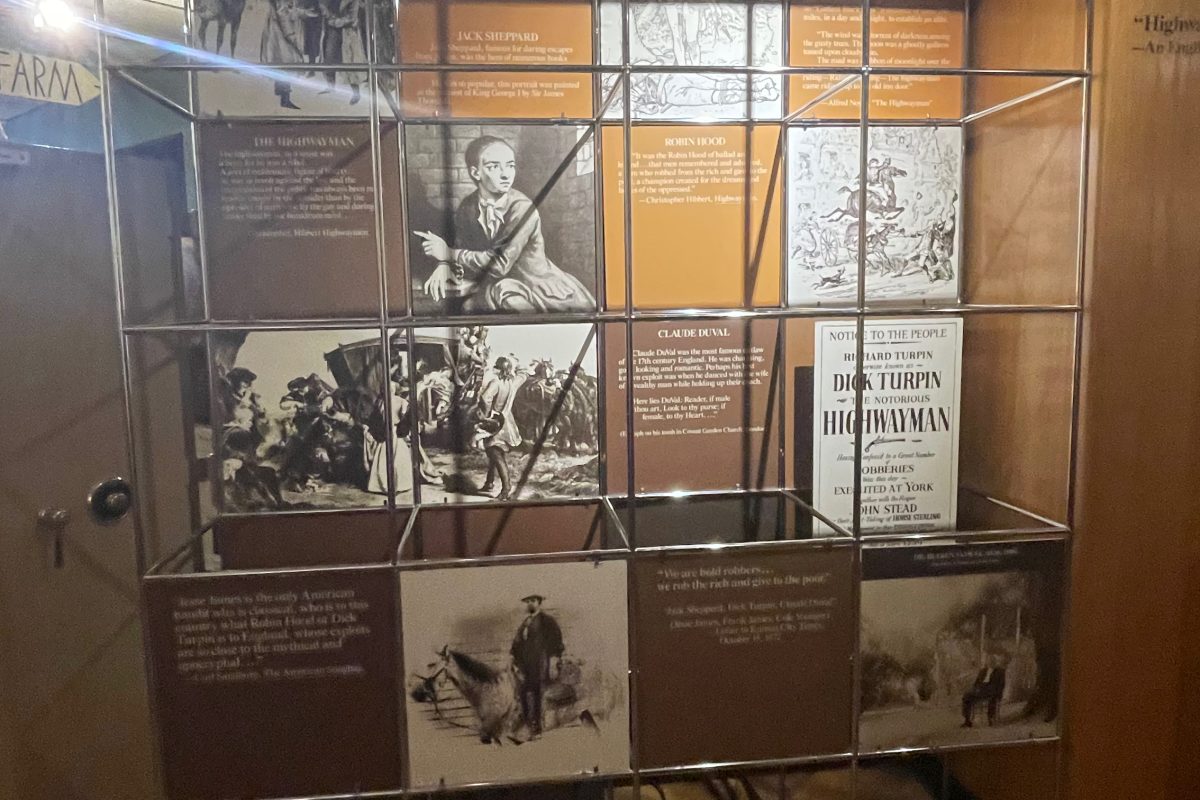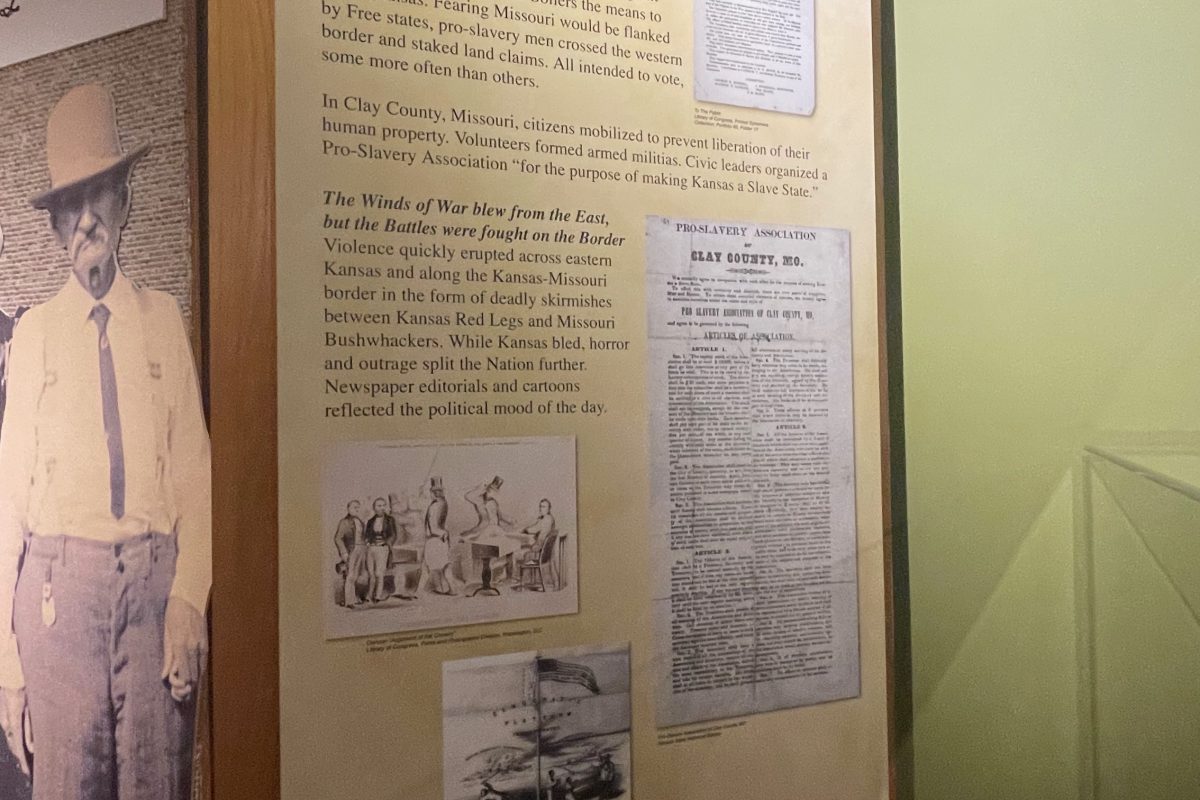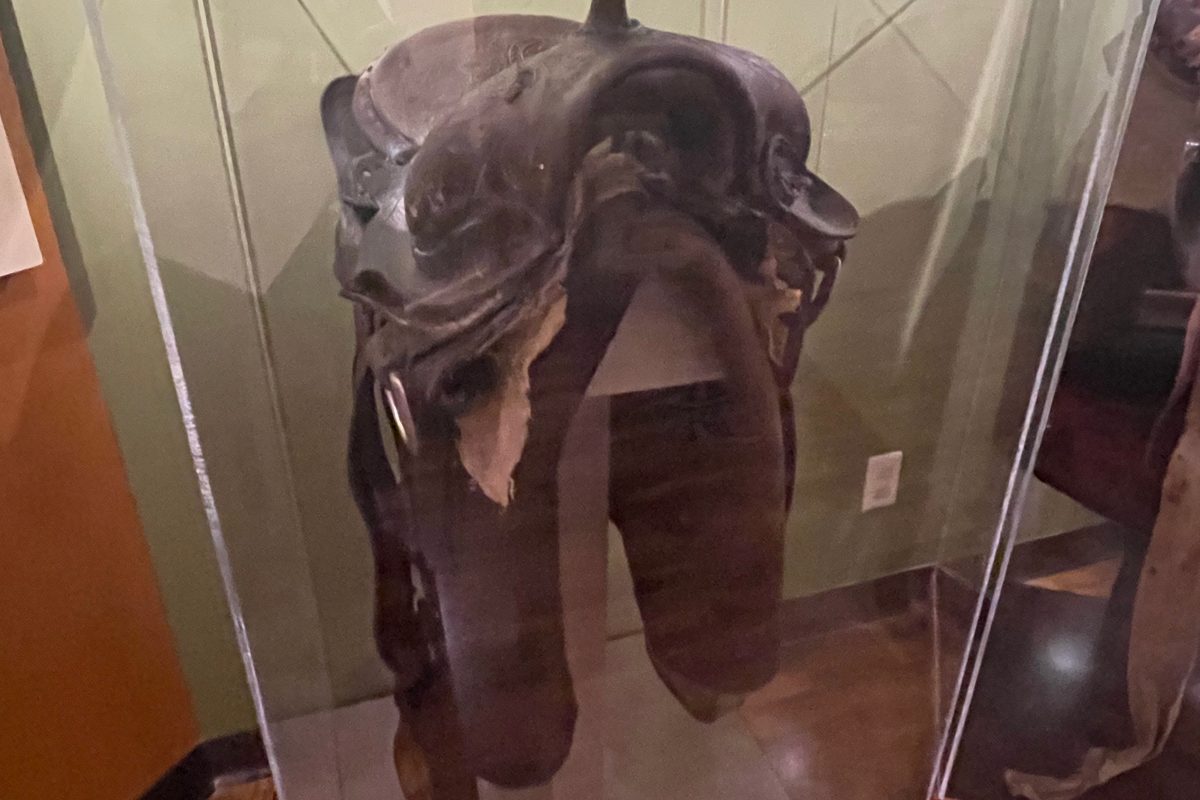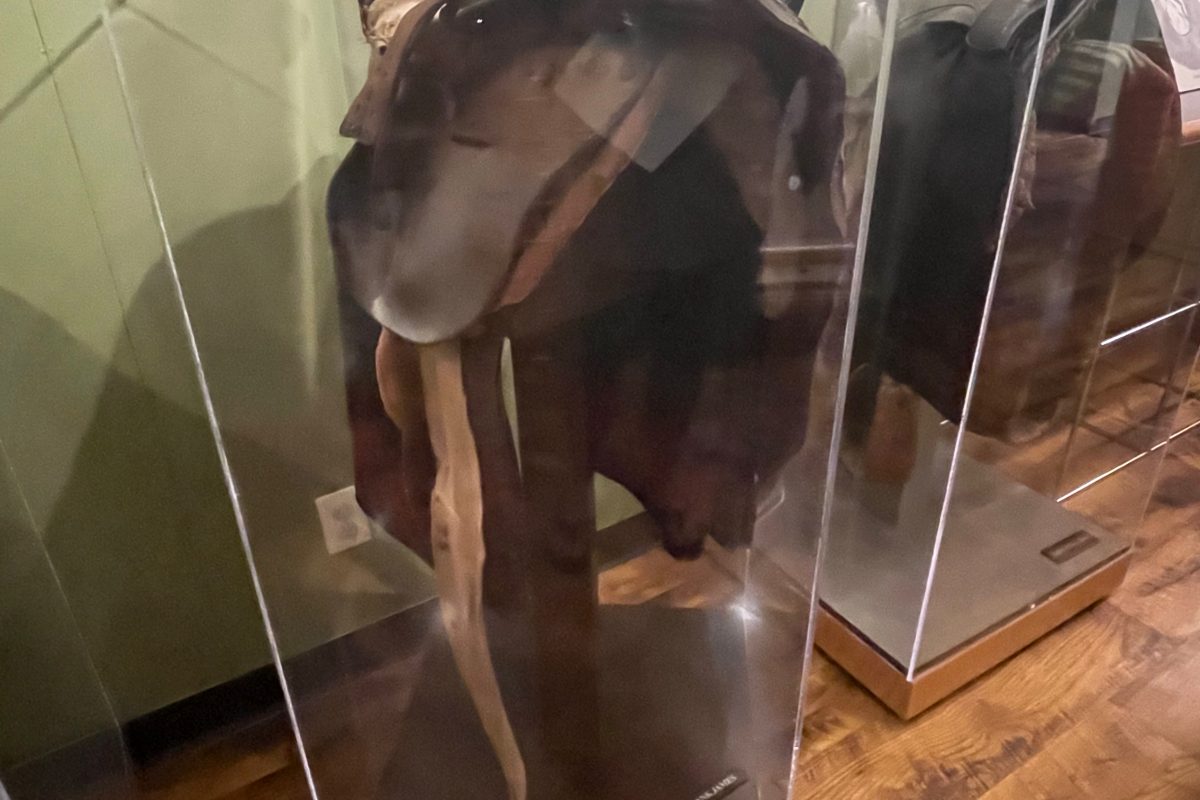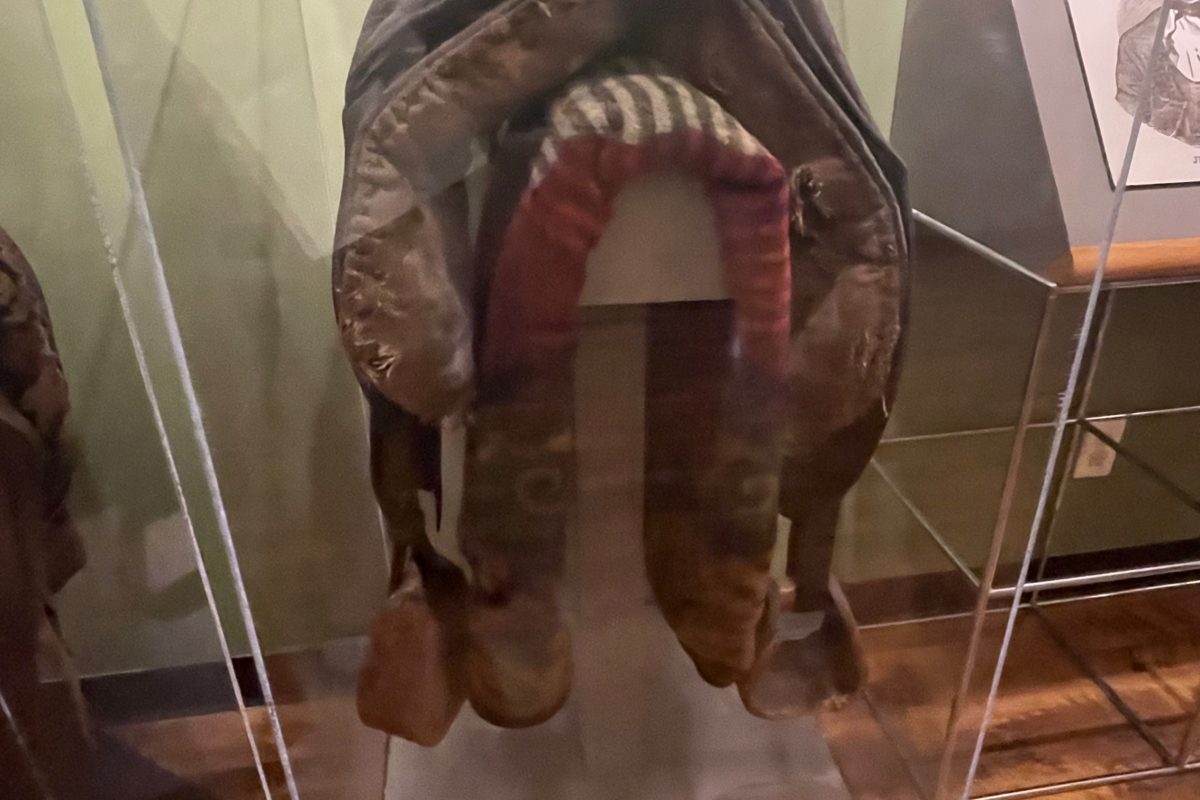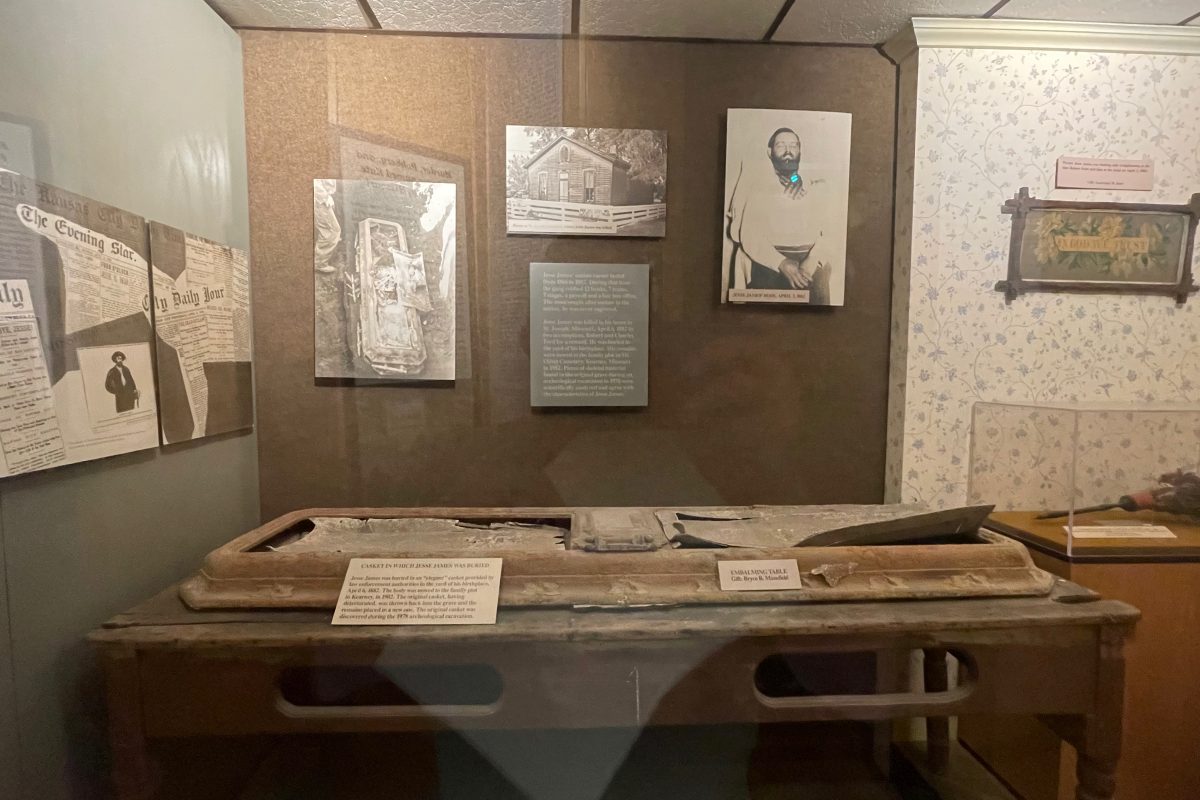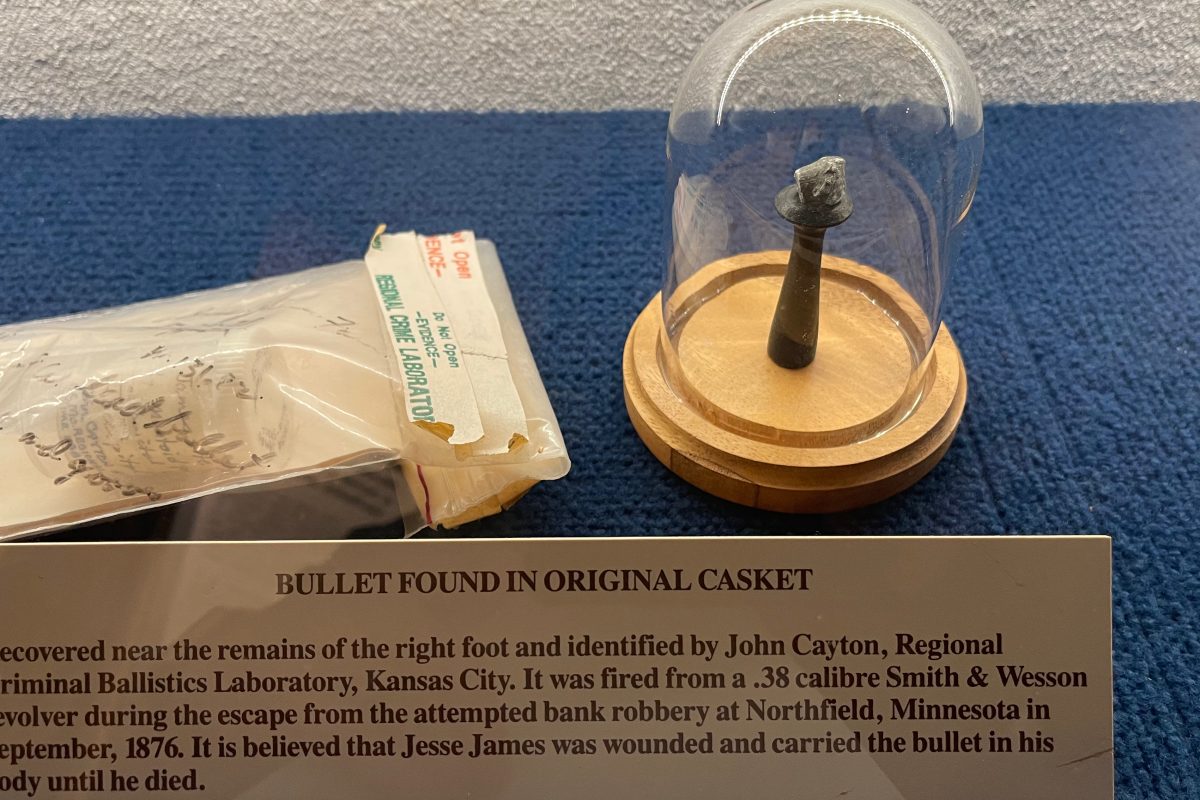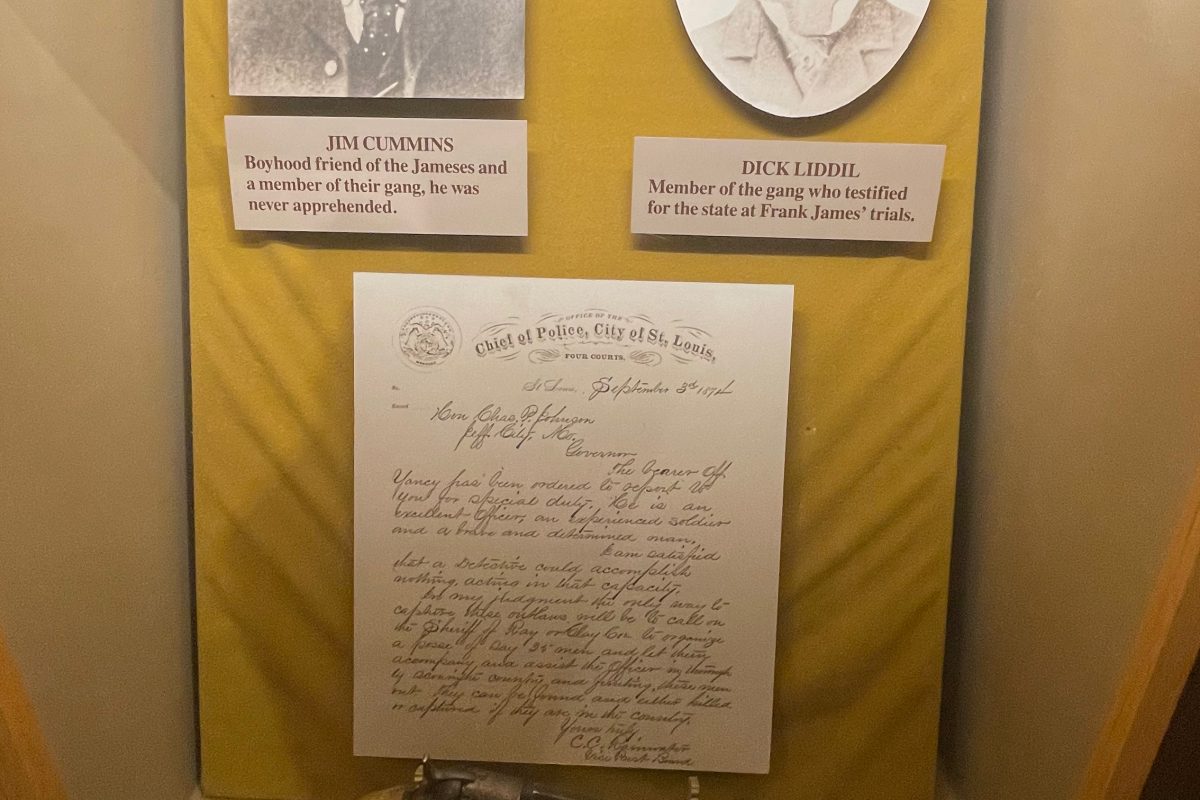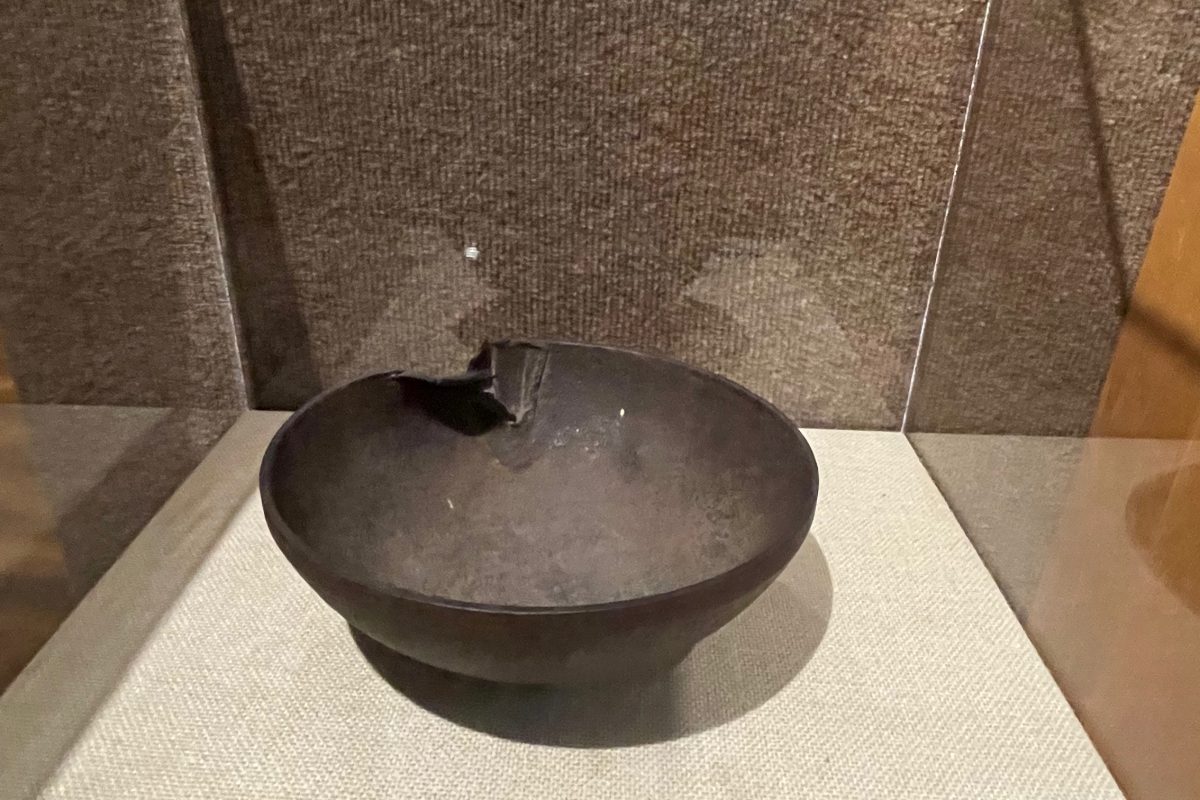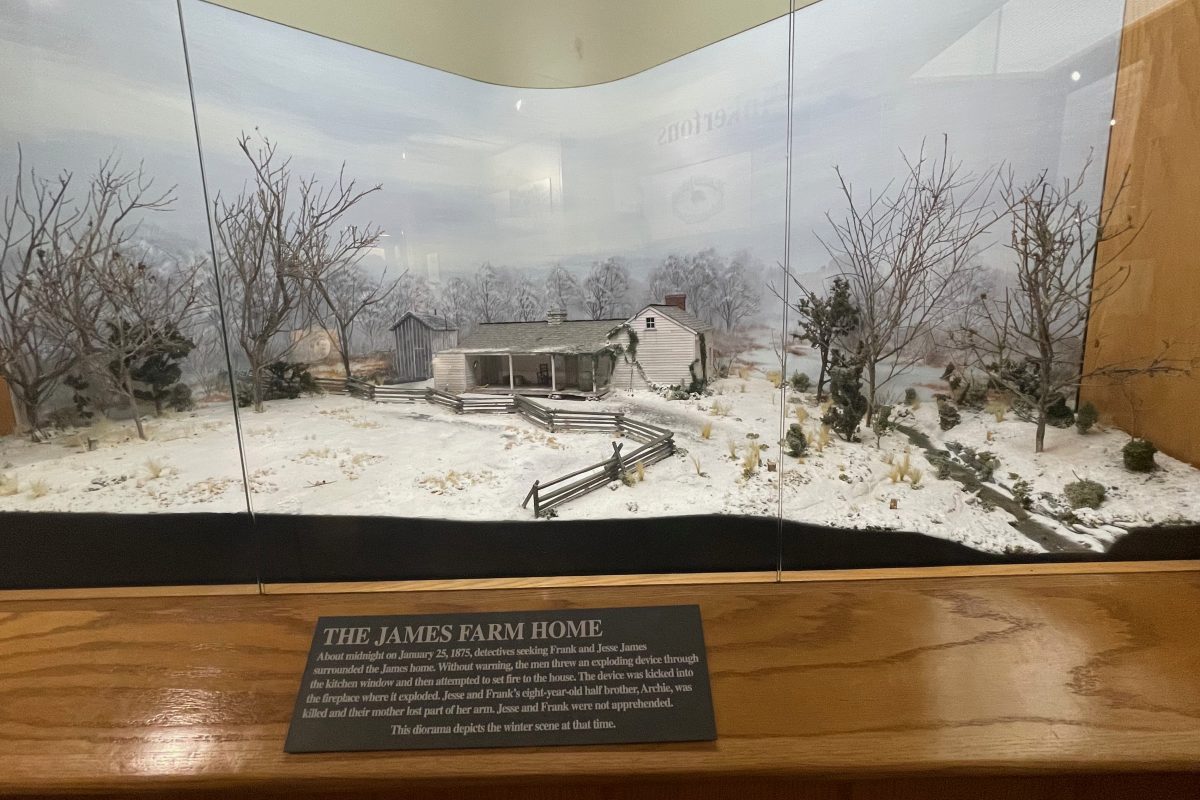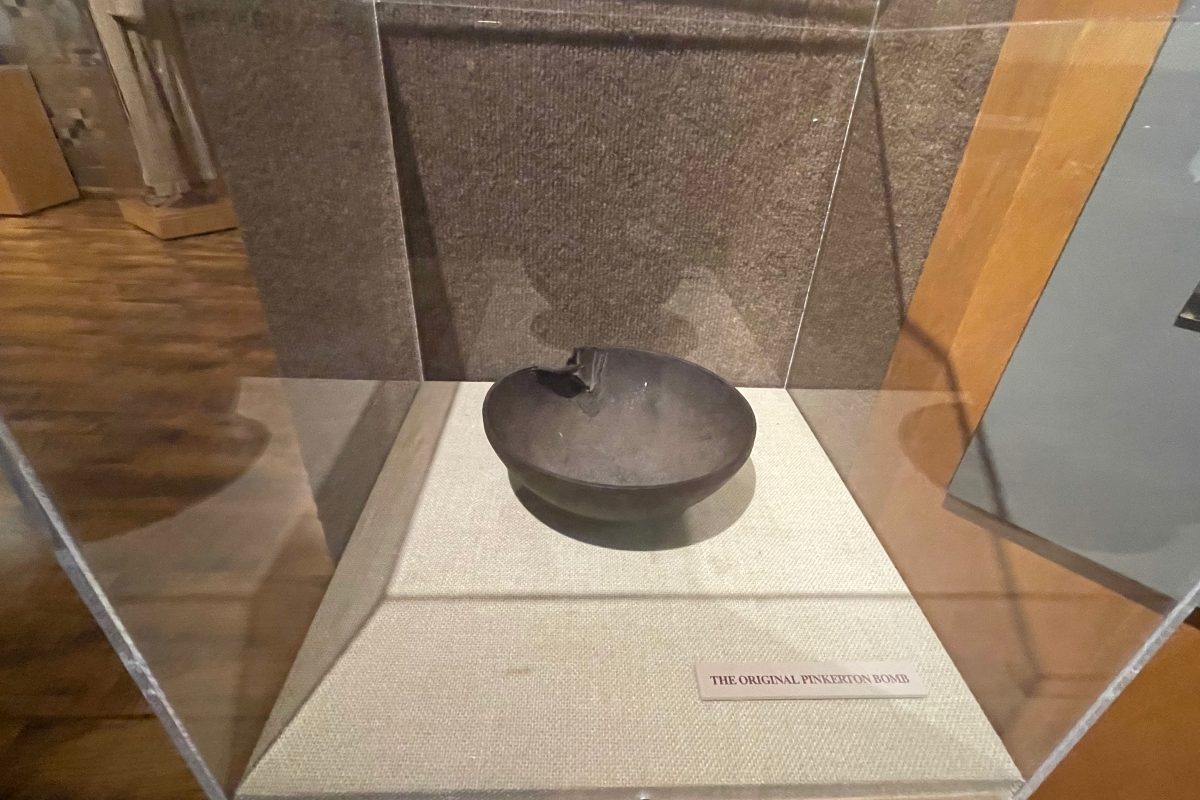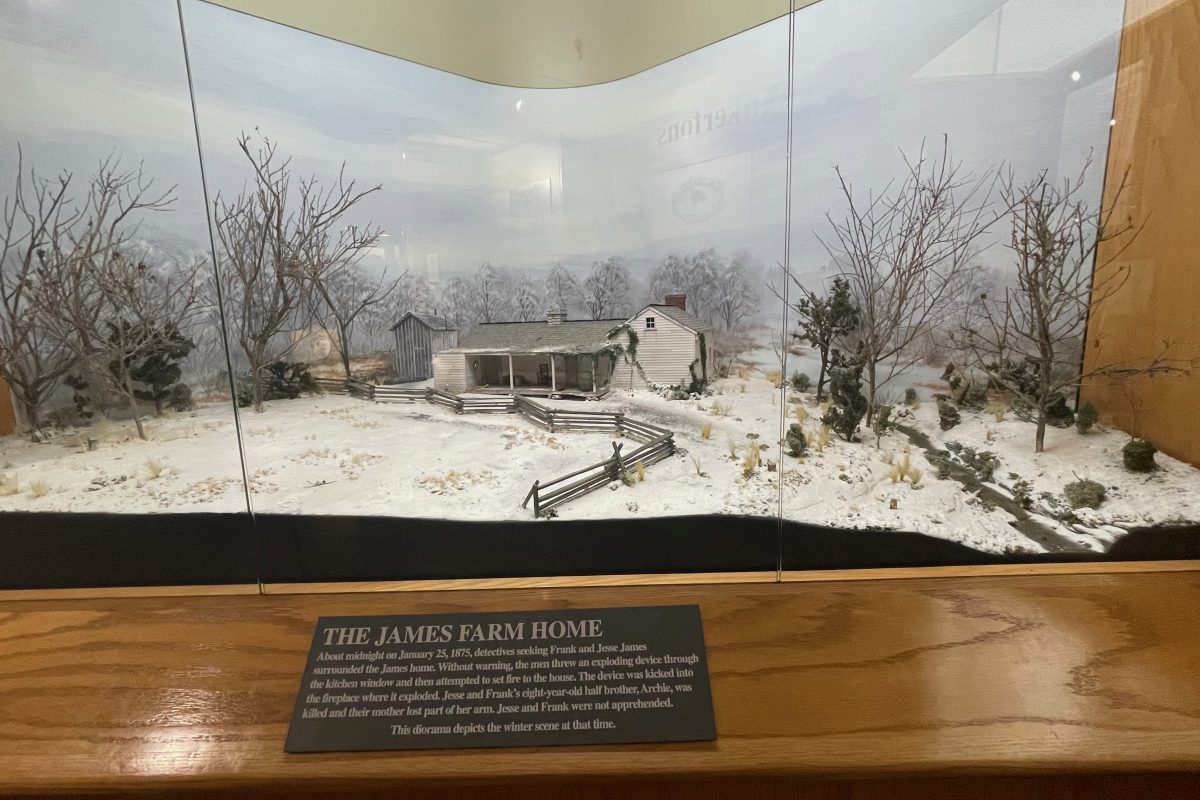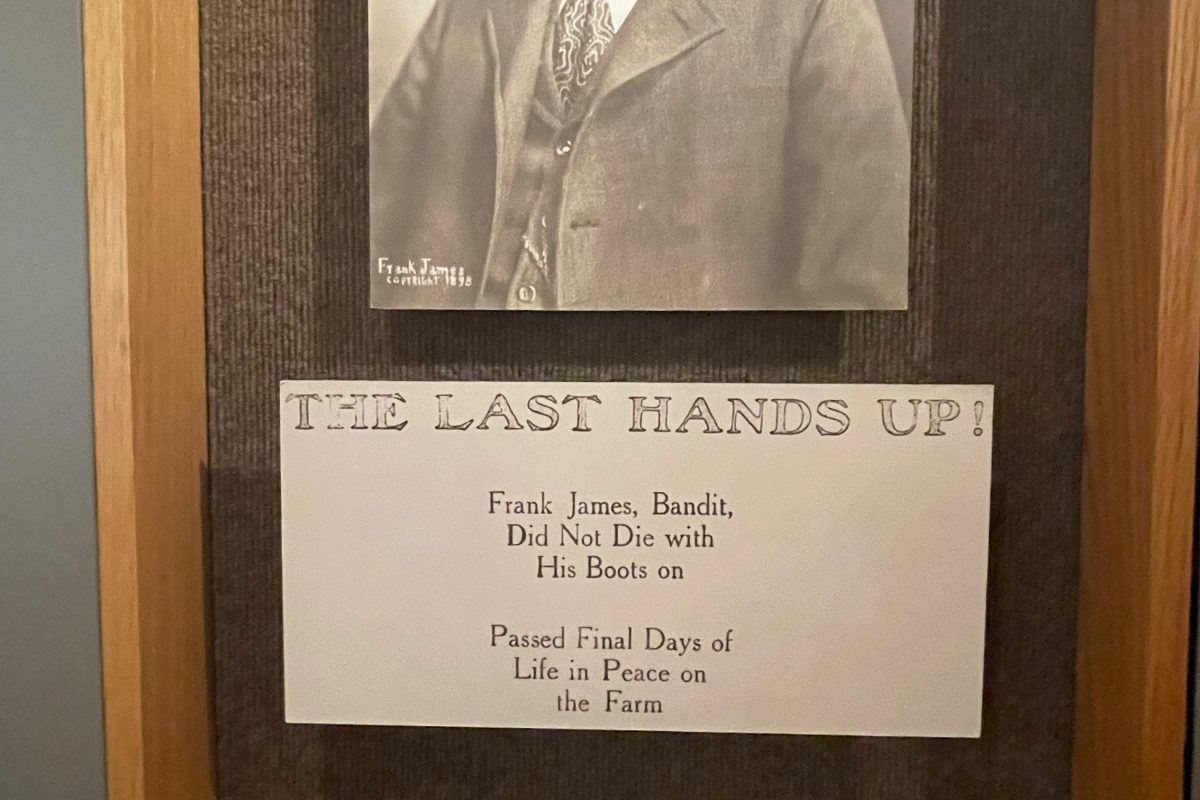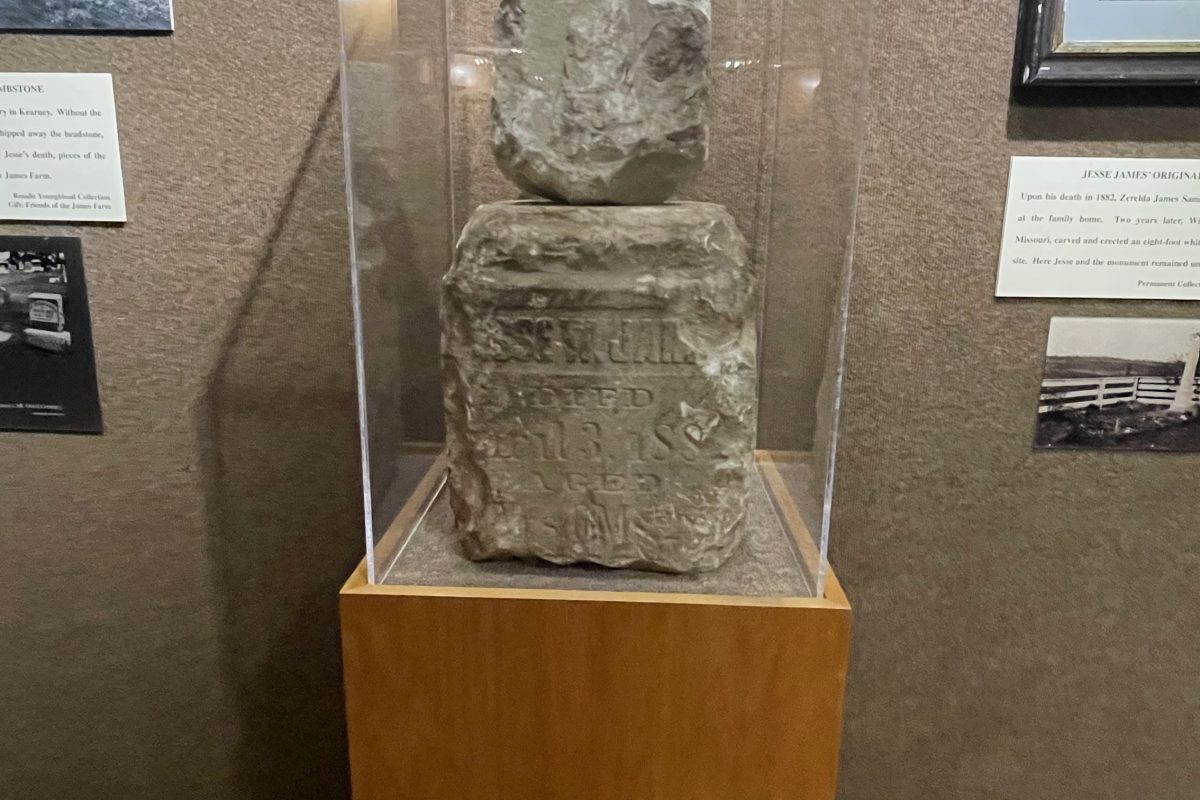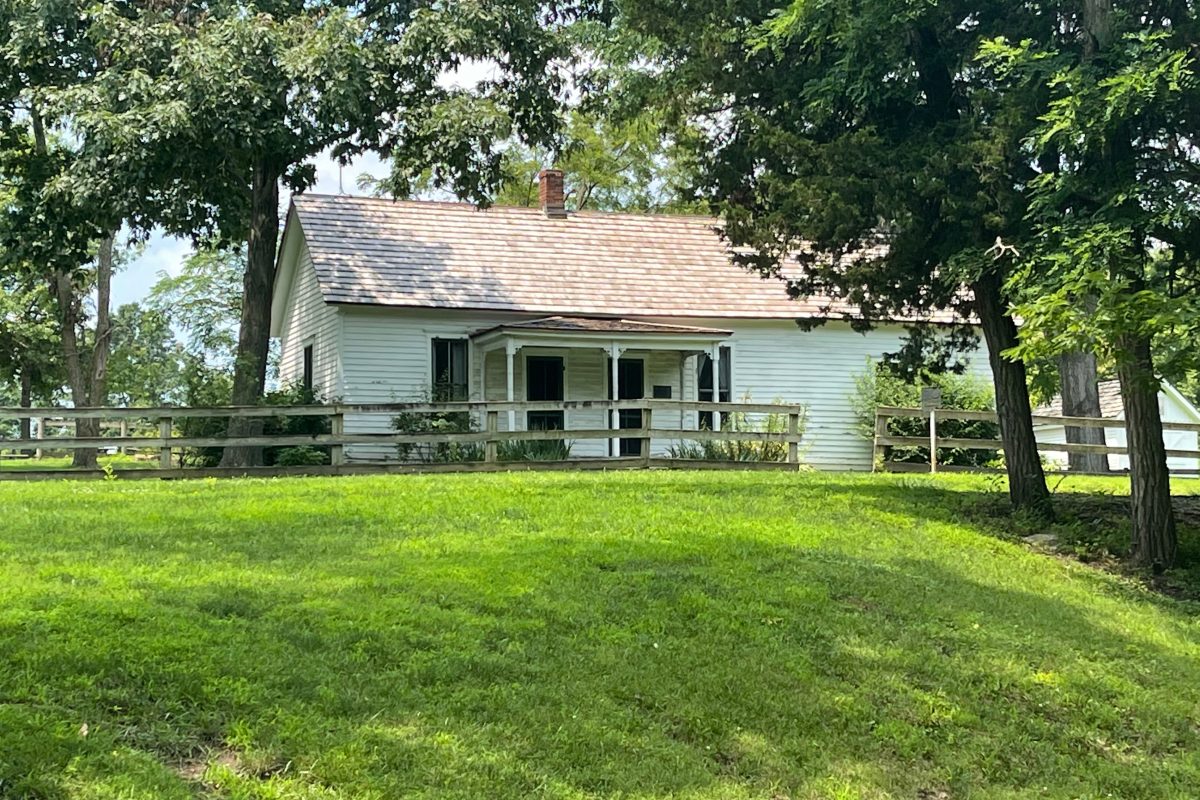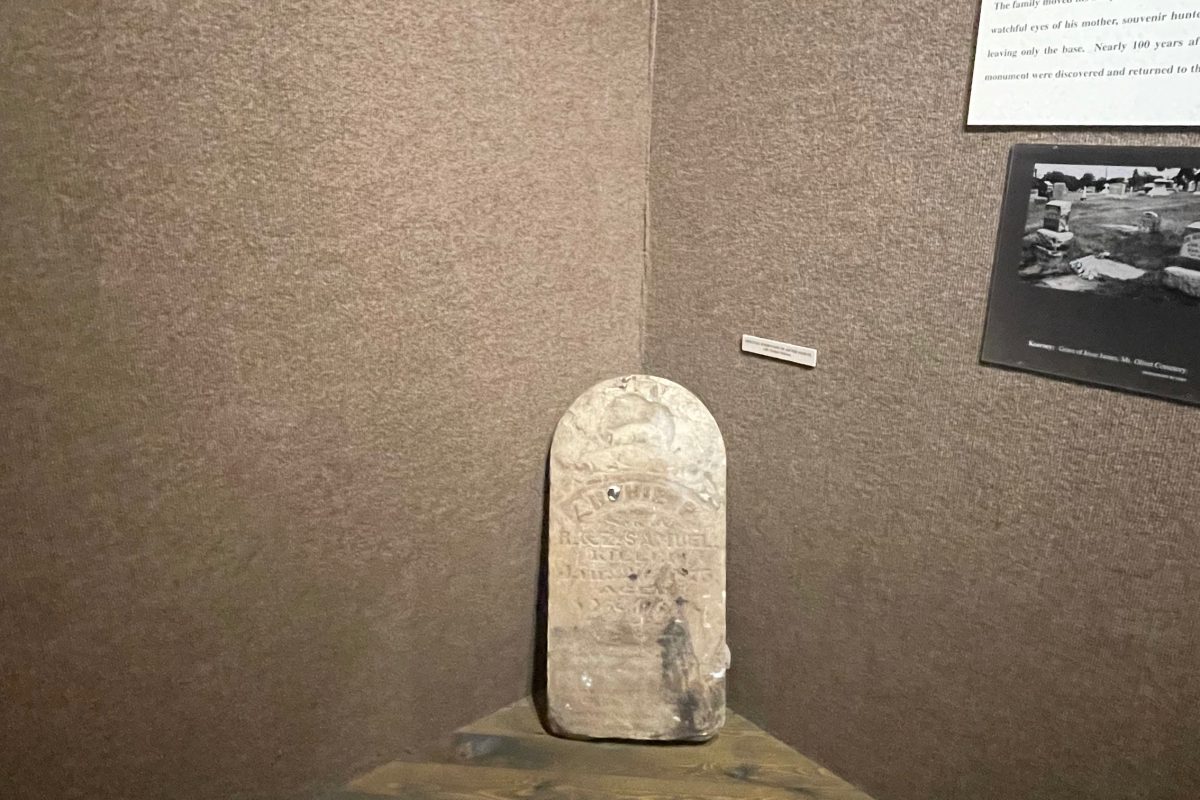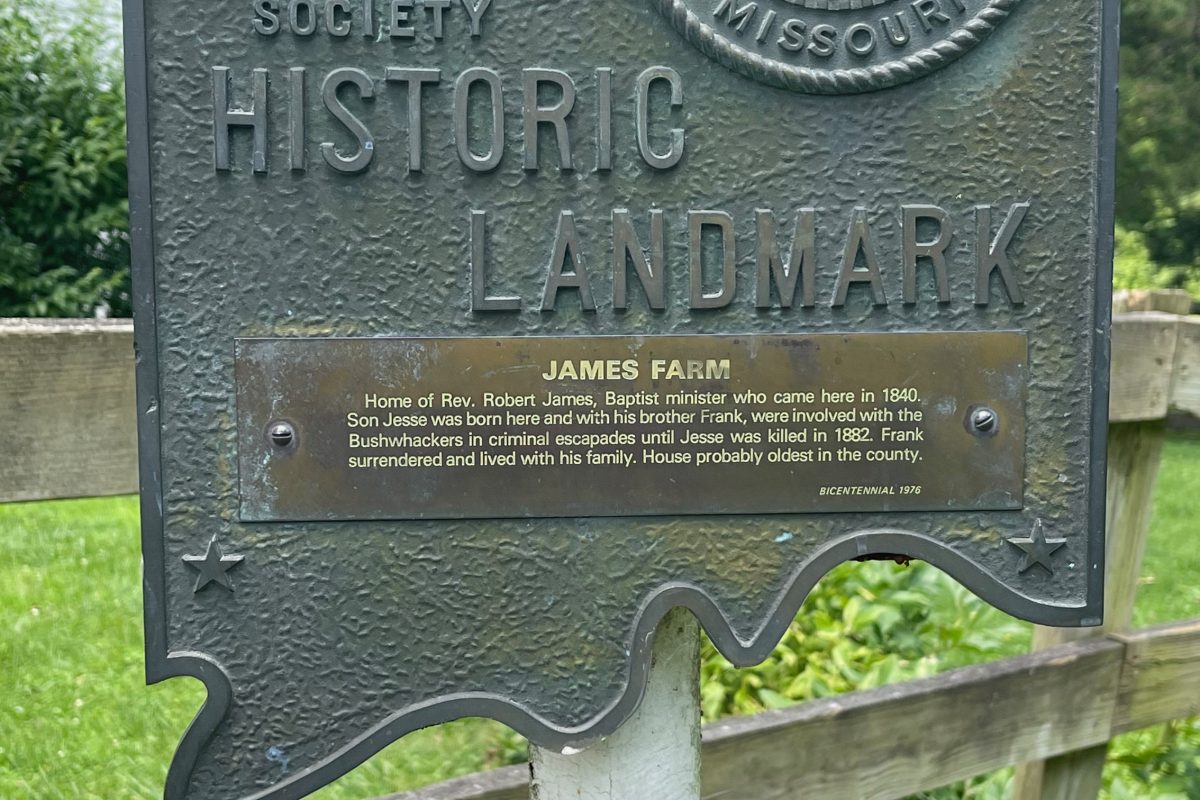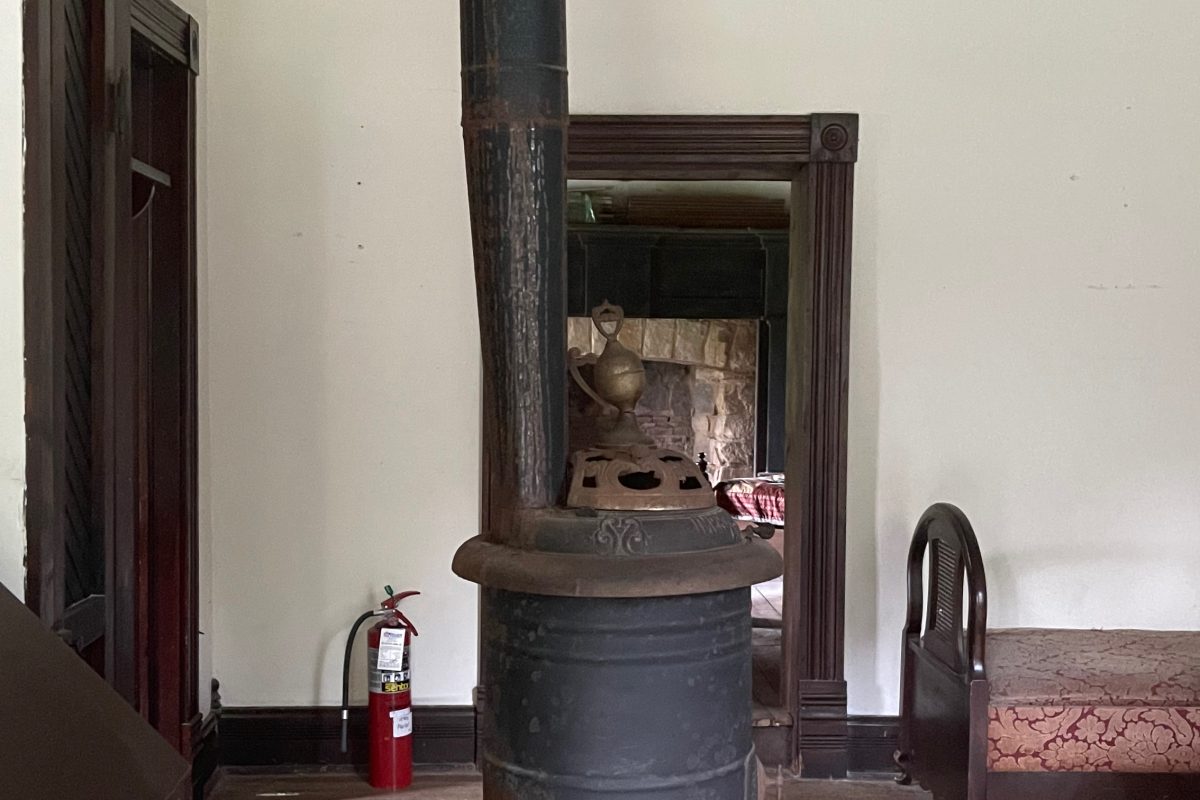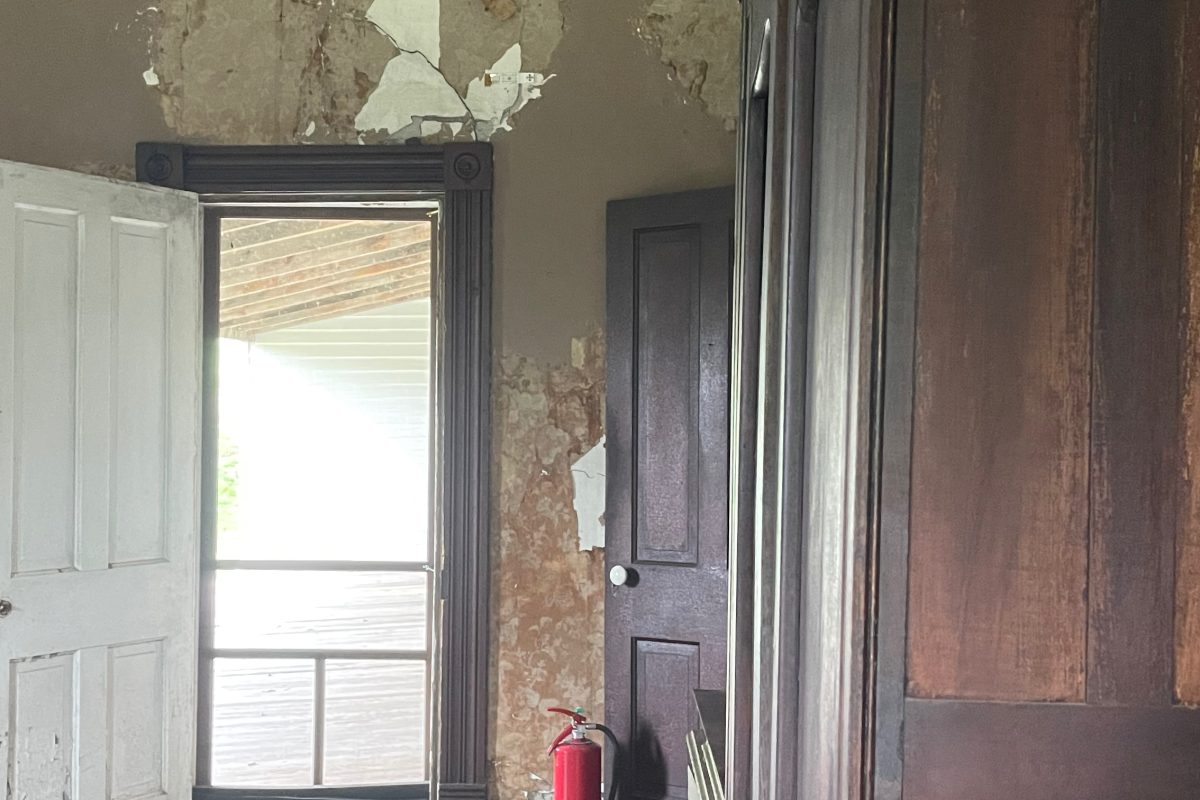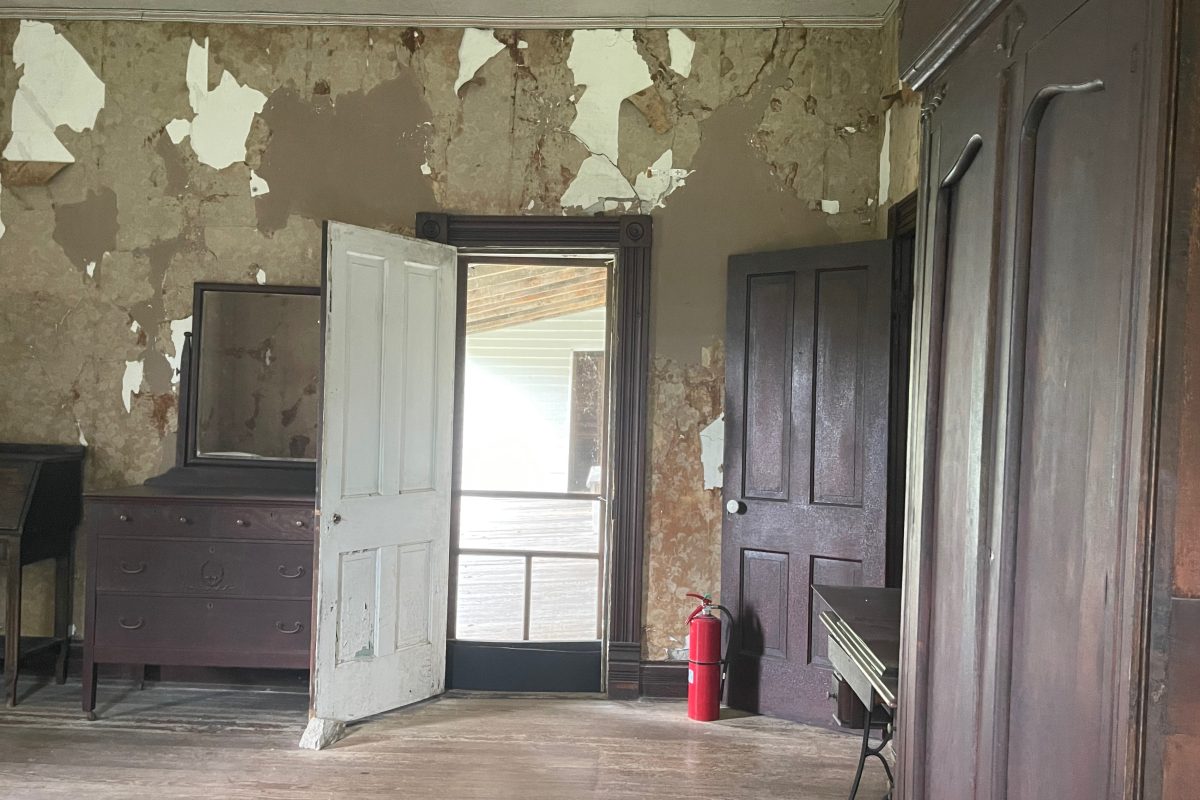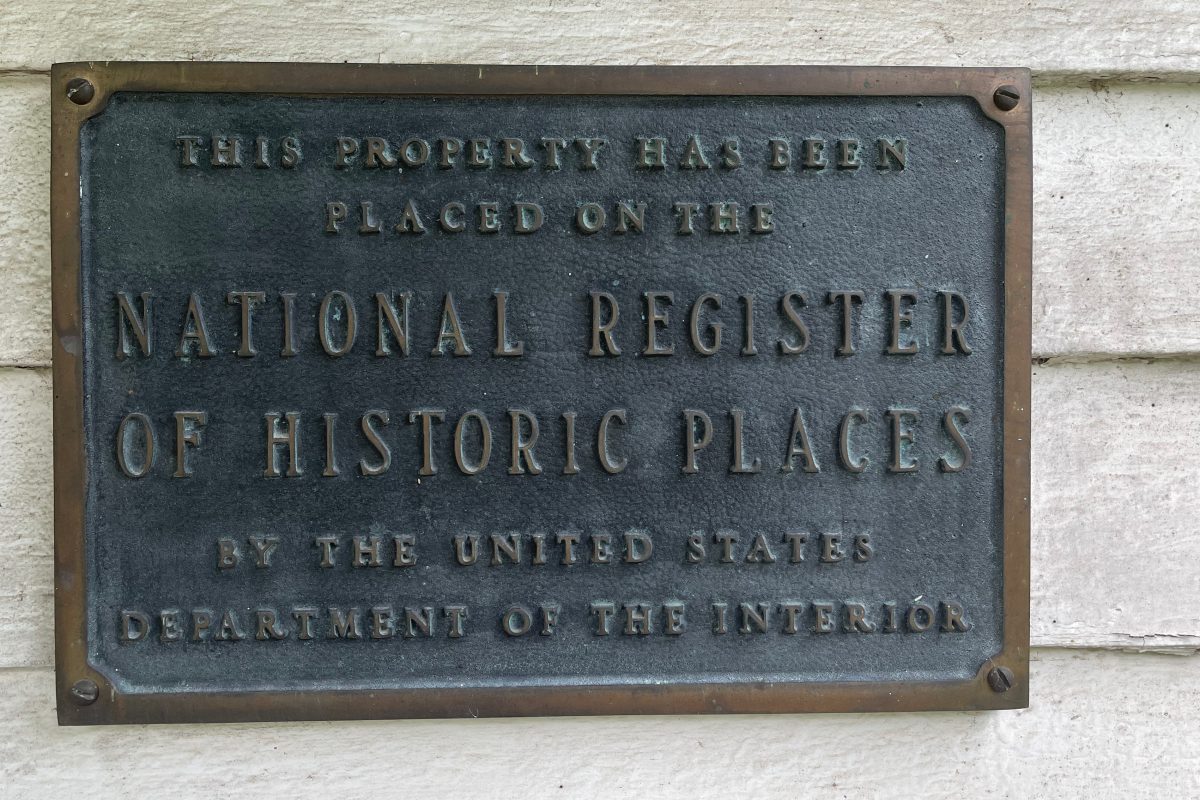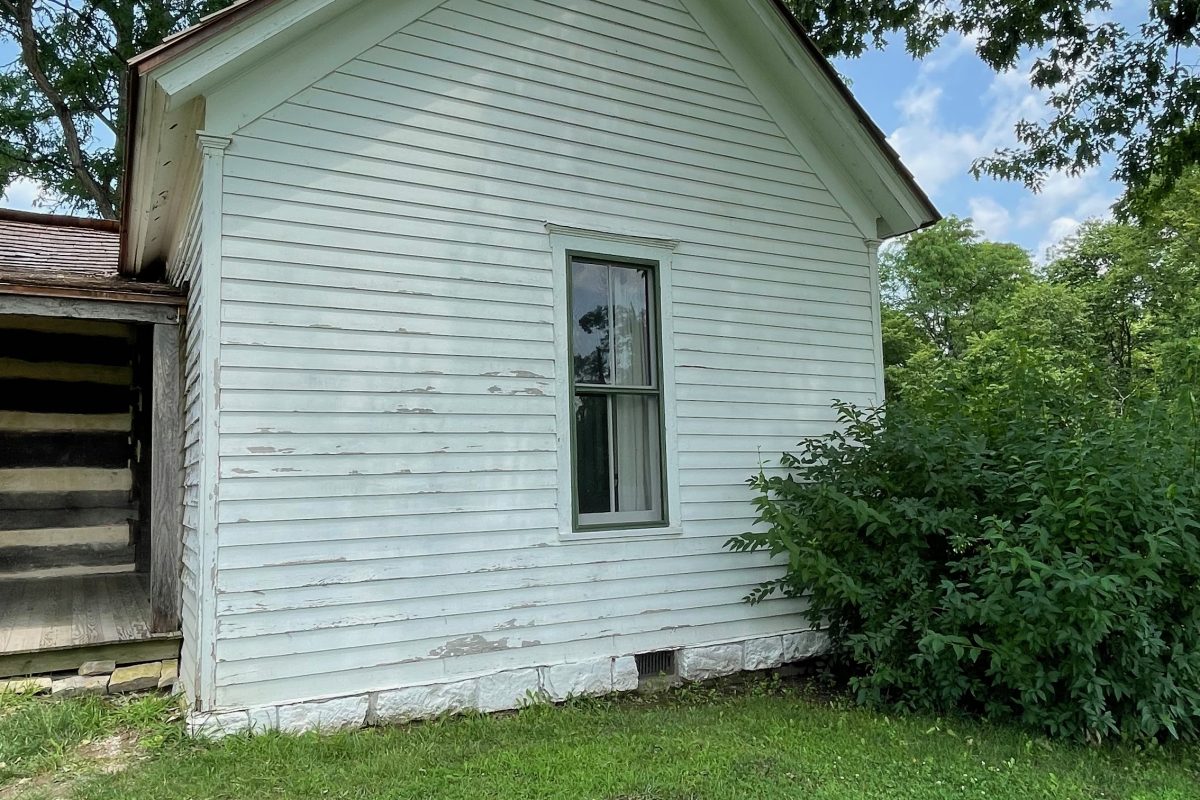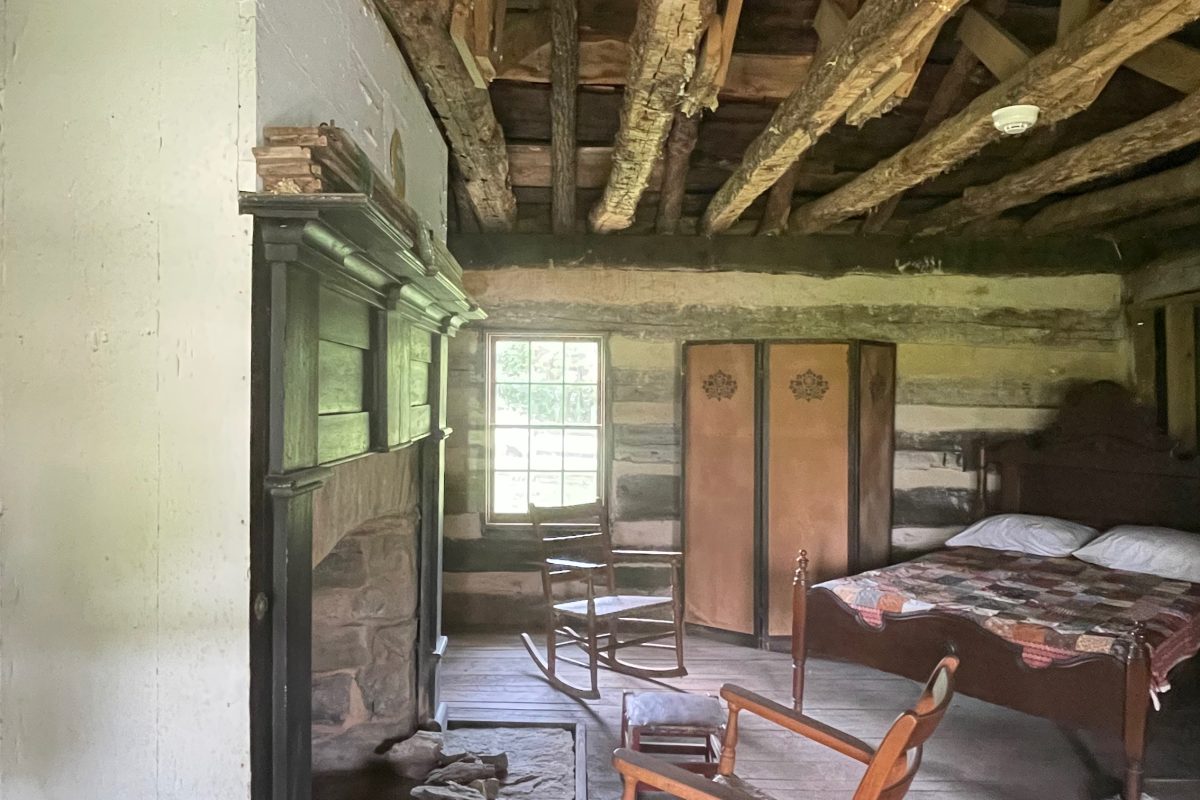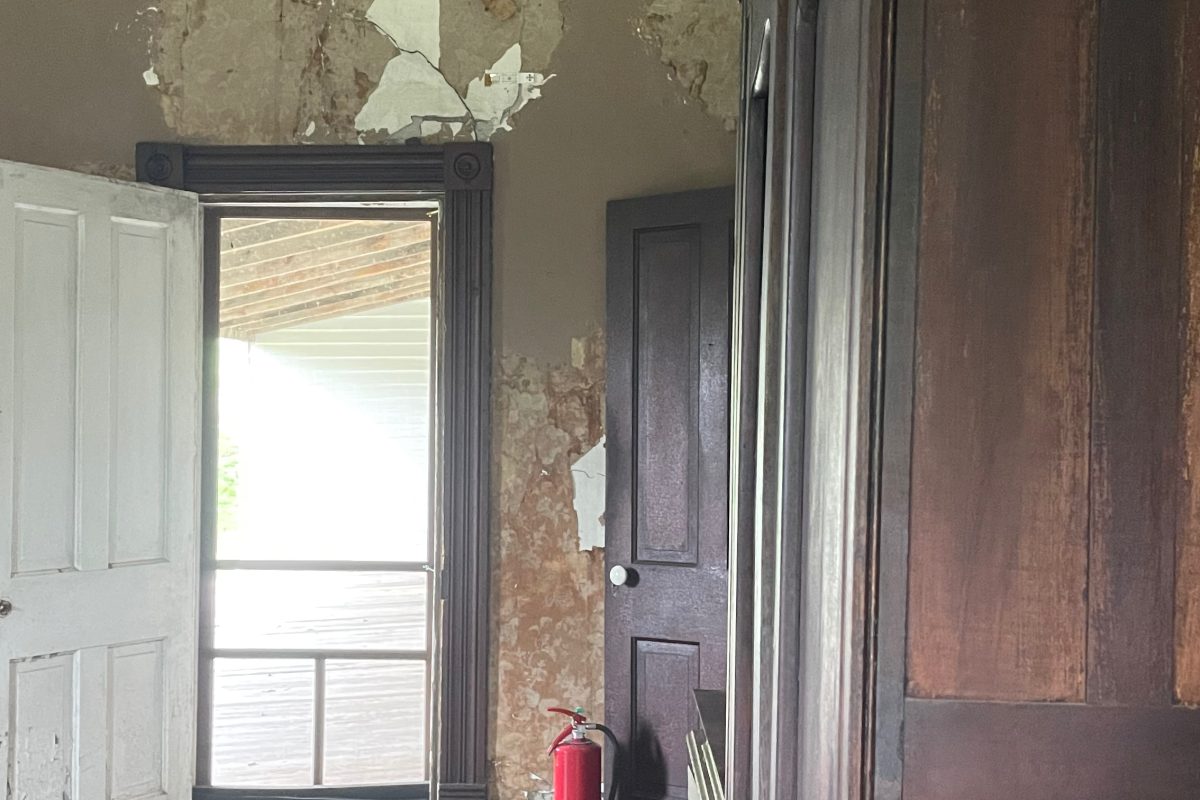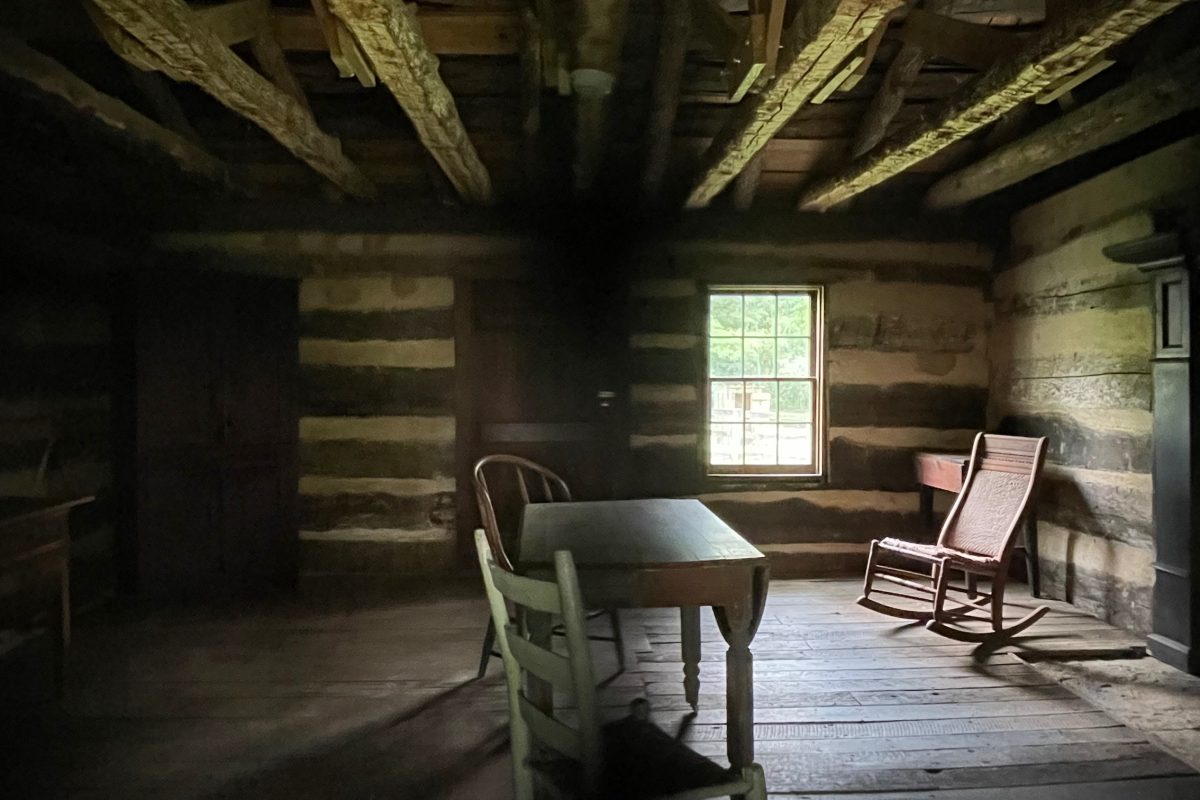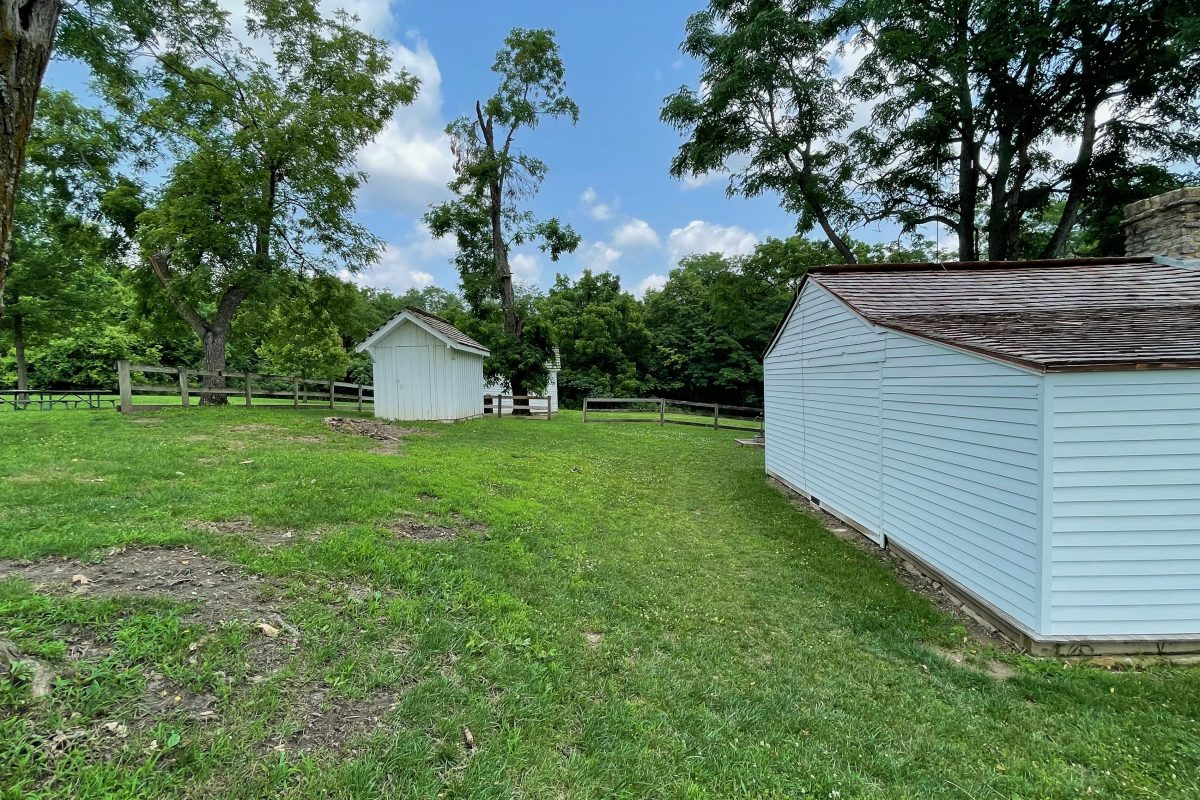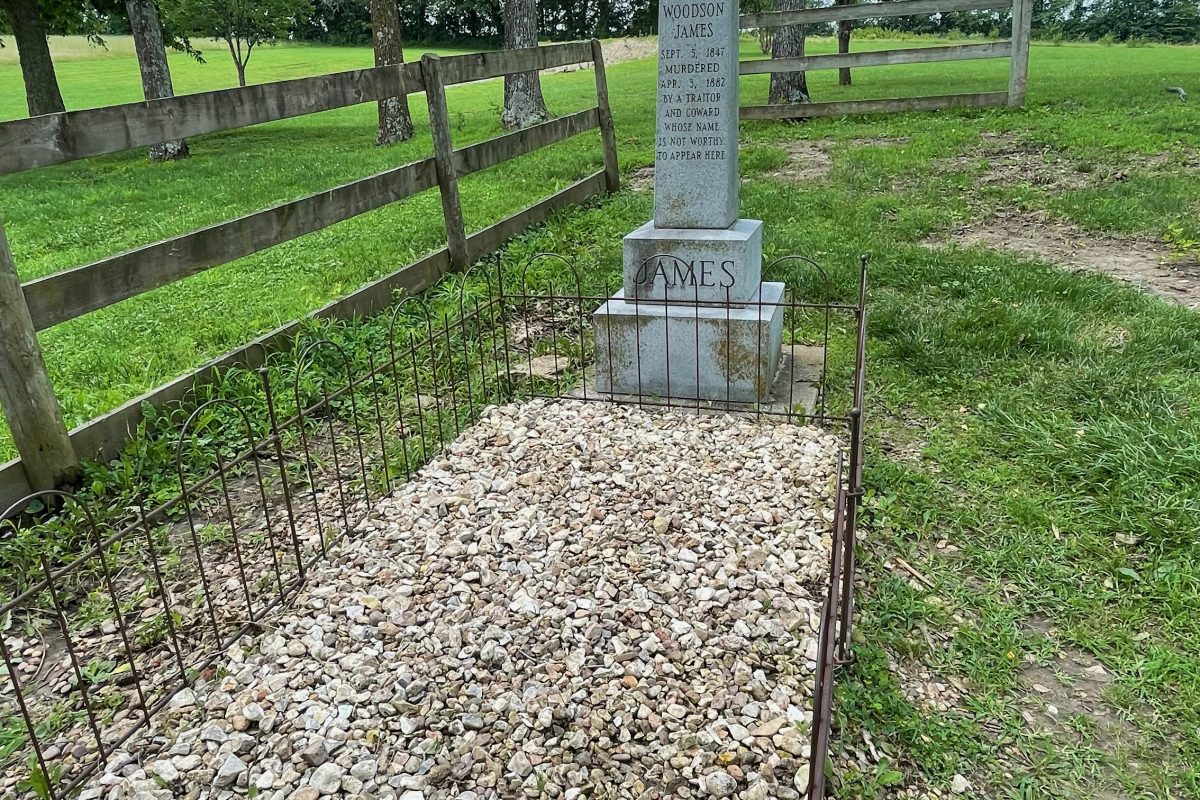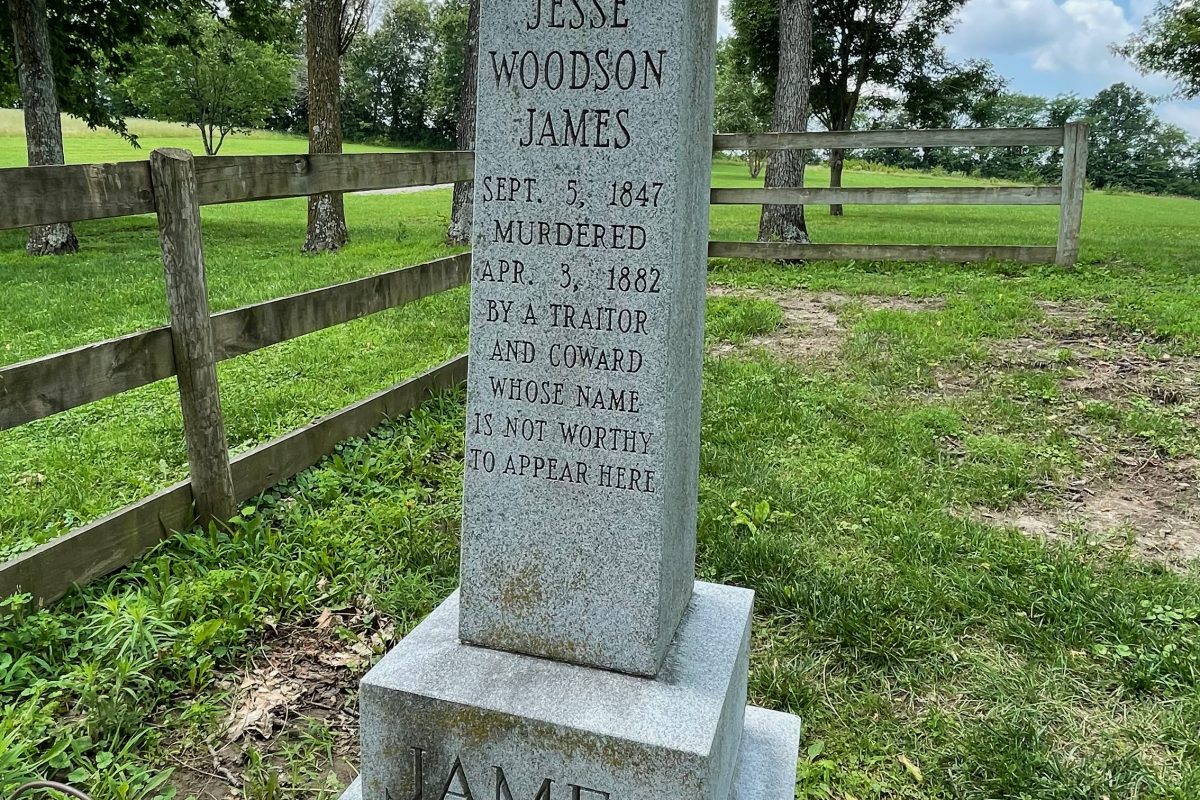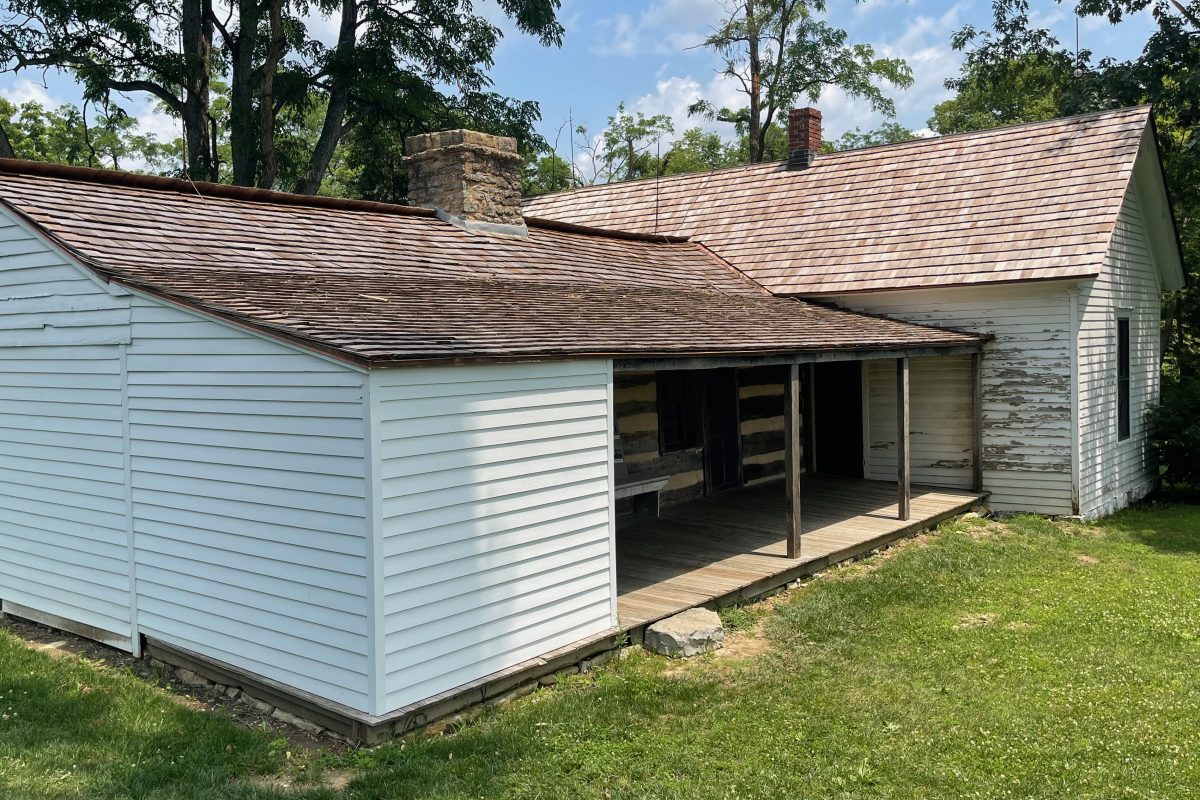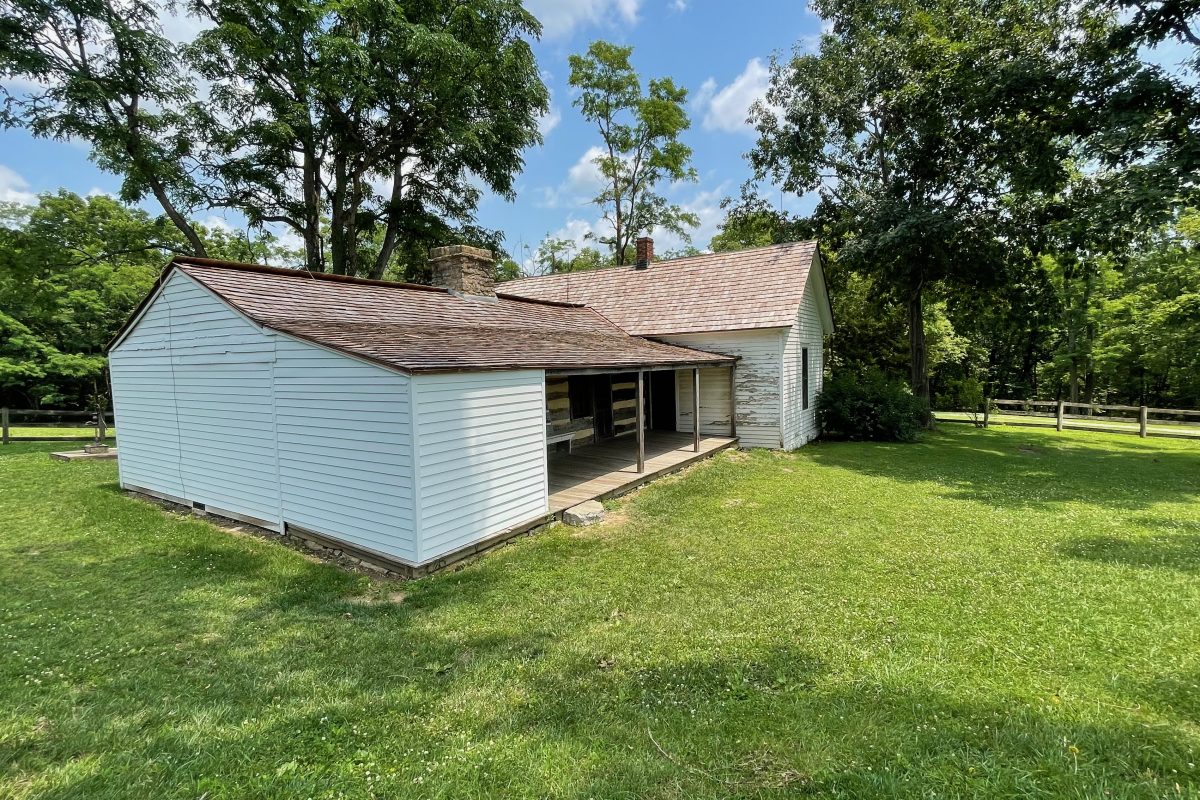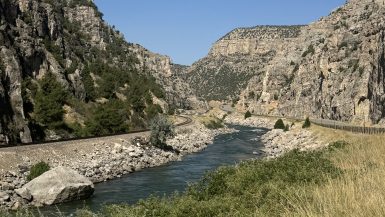Outlaws, Bullet Holes, and Wild West Whispers: Visiting Jesse James’s House in St. Joseph, Missouri
If you’ve ever wanted to stand in the exact spot where Wild West legend Jesse James met his dramatic end, look no further than St. Joseph, Missouri. Tucked behind the historic Patee House sits a modest one-story Greek Revival home with a big story to tell—and yes, it still has a bullet hole in the wall (sort of).
I recently visited the Jesse James Home Museum, and let me tell you: it’s part crime scene, part time capsule, and 100% fascinating.
🏠 The House Where History Got Trigger-Happy
Originally located at 1318 Lafayette Street, the Jesse James House was moved twice before settling behind the Patee House Museum at 12th and Mitchell. It’s a small frame dwelling—just 24 feet wide and 30 feet deep—but it packs a punch. This is the very house where Jesse James was shot in the back of the head on April 3, 1882, by Robert Ford, a member of his own gang who was hoping to cash in on the reward money.
Inside, you’ll find period furnishings, family artifacts, and a wall with a bullet hole that’s been—let’s say—enthusiastically enlarged by souvenir hunters over the years. (Fun fact: the hole isn’t actually from the fatal shot. That bullet entered behind Jesse’s right ear and never exited. But hey, folklore loves a good hole in the wall.)
🔫 Jesse James: The Man Behind the Myth
Born in 1847 in Kearney, Missouri, Jesse Woodson James was the son of a Baptist preacher and a fiercely resilient mother, Zerelda. His father died during the Gold Rush, leaving the family vulnerable during the turbulent years leading up to the Civil War.
At just 16, Jesse was whipped and terrorized by Union soldiers searching for his older brother Frank, who had joined Confederate guerrilla fighters under William Quantrill. That brutal experience pushed Jesse into the same violent ranks, where he participated in infamous raids across Missouri.
After the war, Jesse and Frank formed the James-Younger Gang, robbing banks, trains, and stagecoaches across the Midwest. Jesse became a folk hero to some and a ruthless criminal to others. He was involved in at least 19 robberies, and more than 20 people died as a result—including members of his own gang.
Despite being one of the most wanted men in America, Jesse managed to elude capture for nearly 15 years. That is, until Robert Ford decided to take matters into his own hands—literally.
🧬 The DNA Drama
In 1995, forensic scientist James E. Starrs exhumed Jesse’s remains to settle lingering doubts about his identity. The results? A 99.7% DNA match to known relatives. So yes, the man buried in Kearney is indeed Jesse James—and no, he didn’t fake his death to live out his days in Mexico or Montana, as some conspiracy theories suggest.
The museum now includes artifacts from the exhumation, including coffin handles, wood fragments, and the pin Jesse wore in his death photo. It’s morbidly fascinating and oddly touching.
👀 What You’ll See at the Museum
- Jesse’s personal items and family heirlooms
- The infamous bullet hole wall
- A short film about Jesse’s life and death
- Artifacts from the 1995 exhumation
- Photos, documents, and memorabilia from the James Gang era
Standing in the living room where Jesse was shot, you can almost hear the whispers of betrayal and the creak of floorboards under outlaw boots. It’s eerie, intimate, and unforgettable.
🧡 Final Thoughts
Visiting Jesse James’s House is like stepping into a living legend. It’s not just about the crime—it’s about the complexity of a man shaped by war, loss, and rebellion. Whether you see him as a hero, a villain, or something in between, one thing’s for sure: Jesse James left a mark on American history that’s still echoing through Missouri clay.
So if you’re ever near St. Joseph, swing by the house. Just don’t carve your initials into the wall. Jesse’s watching.
Let me know if you’d like to turn this into a travel guide or add photos and captions. I’ve got plenty more outlaw lore and museum magic to share.
